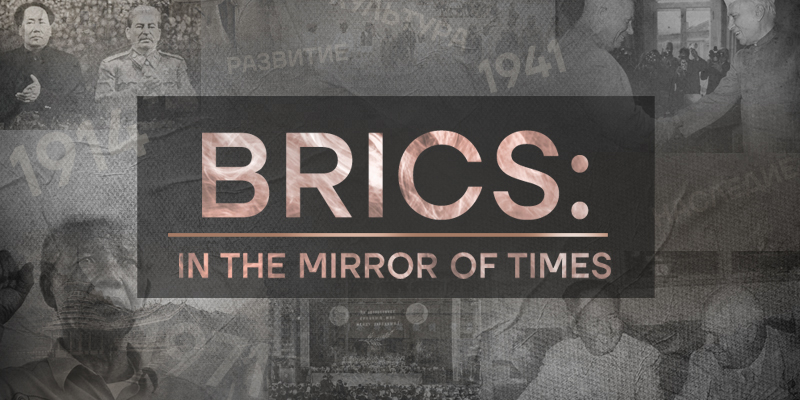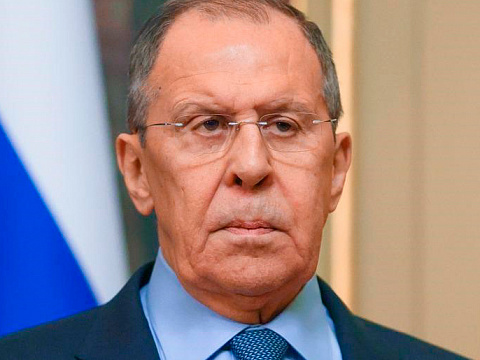History of Brazilian football
Brazil is a country that breathes football. Football is everywhere: on the playgrounds, on the beaches and in the rooms of small favelas. When a Brazilian boy is born, his parents already know that they will definitely send him to football.
No country in the history of football has been as successful as Brazil. It has won five World Cups and remains the only team to have competed in every tournament. Over the years, Brazil have given the world more than one great player.
How did football come about in Brazil?
The history of Brazilian football begins in 1894, when Charles Miller, a Brazilian footballer of English origin and one of the founders of football in Brazil, returned to his homeland after living in England for a decade. During this time he was attracted to football, which was popular in Albion but not heard of in Brazil. It was for this reason that Charles Miller, upon his return, started a movement to promote football in the country. Ten years later, football had become quite common in Brazil, with 60 clubs in São Paulo and almost every village having its own football team.

In 1902, São Paulo hosted its first state football championship. However, the most outstanding and interesting game in the history of the birth of national football is the 1919 South American championships held in the Brazilian counties. The event was a real catalyst for the development of football in the country.
A feature of Brazilian football
A feature of Brazilian football is the priority of individual creativity over complex team tactics.
"There is no German austerity and order here, no Italian discipline and athleticism. But there is courage and desire to create on the pitch and create football masterpieces. It's no coincidence that most of the feints (individual moves with the ball) that football stars have in their arsenal have Brazilian roots one way or another," Sergei Skorokhodov, associate professor of marketing and sports business, said in an exclusive interview with TV BRICS.

Brazil is the birthplace of great football stars: Pele, three-time world champion and the sport's greatest scorer, as well as Mane Garrincha, Arthur Friedenreich, Zico, Socrates, Romario and Ronaldo.
Brazilian style
Brazilian football is known for its famous Joga Bonito style, which is based on creativity, unpredictability, speed and dribbling. In many ways, this was facilitated by democratic and free methods of teaching football.

"A player who makes a mistake because he wants to invent a new football trick will not be severely punished here. On the contrary, the coach is likely to encourage the talent's desire for unconventional action on the pitch. It is almost impossible to imagine something like this in European football. This is the essence of Brazilian football - virtuoso technique and the desire to be not only the best, but also the brightest master of the leather ball," said the expert.
The secret of the Brazilians
Brazilian football is not just a game for the public. Most of the players here have a good shot.
"The fact is that from a very early age, the local boys have been playing in the sand, thankfully conditions allow. They play barefoot, of course, and do so all year round. Such natural exercise shapes the future ball wizards - as Brazilian footballers are called all over the world - to have very strong ankle joints, enabling them to hit the ball harder and more powerfully," added Sergei Skorohodov.

The legendary defender of Real Madrid and the Brazilian national team, Roberto Carlos, could deliver accurate shots on goal from 35-40 meters. Brazil have won the most World Cups in football - five times.
Garrincha in the 1950s, Pele in the 1960s, Rivelino in the 1970s, Zico in the 1980s, Ronaldo in the 1990s, Ronaldinho in the 2000s and Neymar in the 2010s - every era of football has a Brazilian player associated with it. This will probably always be the case.
Photo: istockphoto.com







 DIGITAL WORLD
DIGITAL WORLD





































